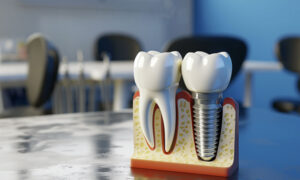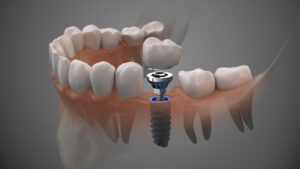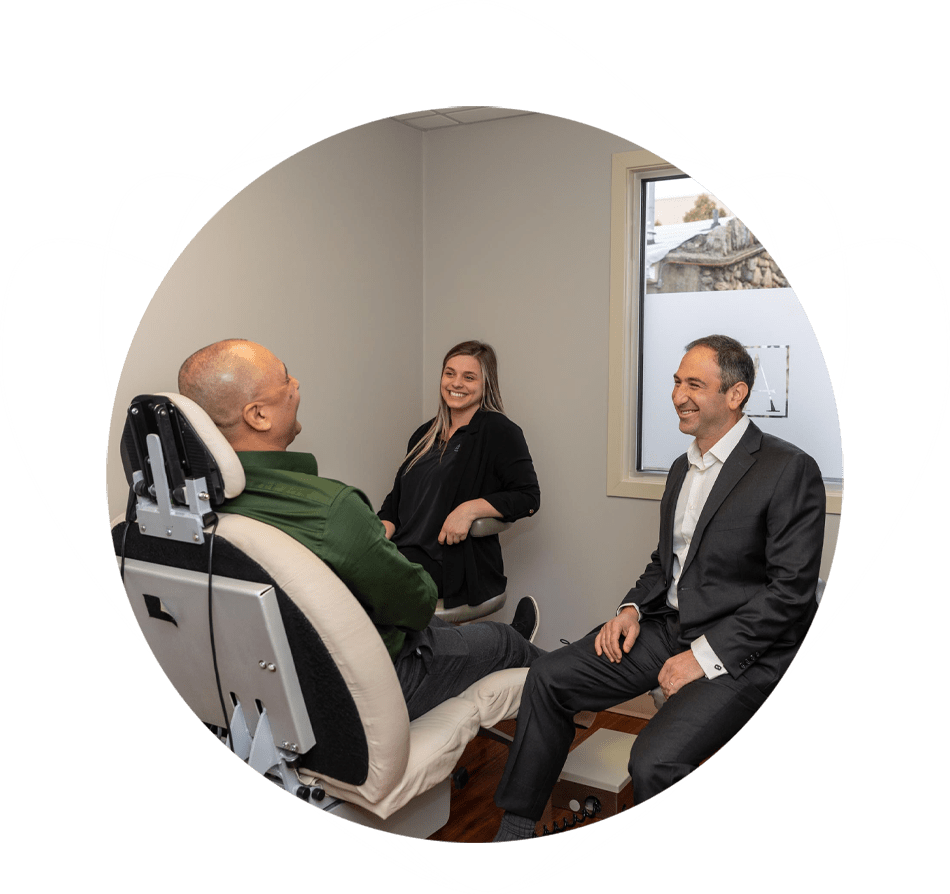Your temporomandibular joint functions like a sliding hinge connecting the temporal bones of your skull to your mandible. It’s what allows your jaw to move back and forth, side to side, performing complex tasks like eating, speaking, and swallowing. Because of the complexity of the joint, and the nerves and muscles it connects to, any dysfunction can dramatically affect the entire body.
Temporomandibular joint disorder or TMJ can best be described as a symptom complex rather than a disease like the influenza. Symptoms can vary widely from patient to patient, in both manifestation and severity, making it difficult to diagnose and even more difficult to treat. Those suffering from TMJ symptoms like jaw pain, may find themselves without any viable way to manage pain, especially if a medical professional fails to diagnose it.
If you’ve been searching for a way to reasonably manage TMJ pain, this blog is for you.
TMJ Exercises
Although it’s unclear how jaw exercises relieve pain over time, there is evidence that they are effective. According to a 2010 study published in the Journal of Dental Research, regularly practicing TMJ exercises can help to increase the opening range of the jaw, and relieve pain. There are three main exercises that help to strengthen the joint.
- The Relaxed Jaw
To properly perform this exercises, rest your tongue on the roof of your mouth behind your front teeth, then allow your mouth to open partially while you relax your jaw. Do three sets of these while interspersing other exercises.
- Mouth Opening Resistance
If you frequently visit the gym, you’ve probably heard of resistance training. Simply put, it’s performing an exercise like running with slight resistance like a weight belt. This exercise has the same thing in mind. Rest your thumb or forefinger under your chin, then open your mouth slowly, pushing gently against your chin for resistance. Hold this pose for six seconds then slowly close your mouth.
- Mouth Closing Resistance
This exercises is similar to no.2 but the opposite motion. Pinch your chin with your index and thumb with one hand, then close your mouth putting gentle pressure on your chin. This will help to strengthen your chewing muscles and alleviate pain. Try three sets of 10, interspersing these with other exercises.
Is Home Care Enough?
Home care is a great place to start dealing with TMJ, but for many people it doesn’t give optimal results. TMJ exercises are reasonable to start, but you should discontinue them and contact a dentist if they:
- Hurt
- Cause pain or other symptoms to worsen
- Don’t provide significant relief within 7 days
A dentist can examine your jaw joint and see if exercises are safe to continue, and let you know if they’re going to be effective. They can also recommend alternative home care treatments or provide professional care if necessary.
Schedule a Dentist Appointment
If you’ve been experiencing TMJ symptoms, one of the most important steps you can take is to schedule an appointment with a dentist who specializes in treating TMJ. TMJ is a degenerative disorder that can worsen over time, so treating symptoms early can save you from months of pain. Treatments your dentist can offer you may include: muscle relaxation using a TENS unit or the use of an oral splint, which can help correct your jaw while you sleep.
The TMJ treatment best suited to meet your needs depends on factors unique to your jaw’s misalignment. Dr. Mejia is an experienced neuromuscular dentist who will work closely with you to find the solution that best restores comfort and function to your jaw.
If you would like to learn whether TMJ is responsible for your symptoms, please call (914) 526-2144 or email us to schedule a consultation with a Mohegan Lake TMJ dentist at Advanced Dentistry of Mohegan Lake.





